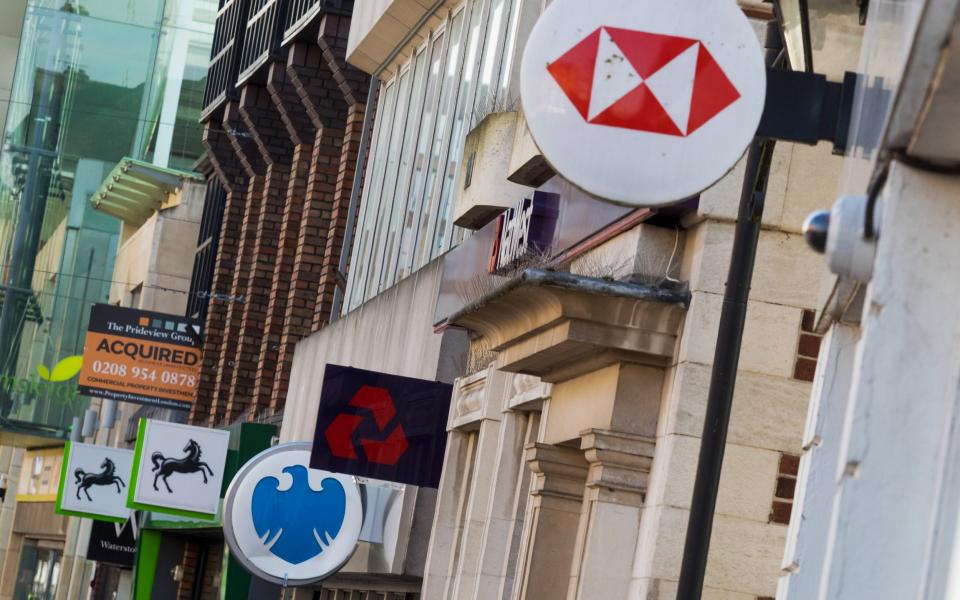Savers are missing out on interest payments after new figures revealed a third of bank customers keep their cash in current accounts.
Most current accounts do not pay any interest at all, and even those that do are far less than the higher returns available in saving accounts.
The Bank of England’s 14 consecutive rate hikes have led to easy access savings rates that offer interest as high as 5pc.
This could rise further as Governor Andrew Bailey is expected to increase the base rate to 5.5pc this week.
The scale of lost interest payments was revealed in a new survey by the Building Societies Association (BSA), which found that three in 10 savers never check their interest rates at all, while one in 11 have not reviewed their accounts for at least a year.
A third said they never compare their savings rate with other accounts on the market, while one in seven said they did not have any form of nest egg, the survey of 2,000 people found.
Robin Fieth, chief executive of the BSA, said: “Despite lots of media and government attention on savings rates following the significant increases in the Bank rate, it’s perhaps surprising that the level of engagement people have with their personal finances remains fairly low.
“As savings rates have been increasing over recent months, shopping around can now make a sizeable difference to the returns available.”
Big banks have come under fire for failing to pass on higher rates to savers.
Although the highest easy access rate on the market is 5.05pc, some savings accounts pay as little as 1.16pc, according to Moneyfacts.
The difference between these two rates on a saving pot worth £20,000 amounts to £778 a year.
The average saver has £21,840 set aside, according to the BSA’s survey.
Most did not have specific amounts that they were putting away each month.
A third said they put cash aside whenever they can and another third said they saved whatever they had left at the end of the month.
Just over three-quarters of savers said they could afford to set aside an extra £120 a year, while around half said they could manage an extra £600. More than a third could save £1,200 more a year.
Iona Bain, financial commentator and founder of Young Money, said rising savings rates were a “silver lining” for households battling higher mortgage costs.
She said: “Even if you feel like you can’t set any more aside at the moment, the BSA’s research shows that reviewing where you’re holding your existing savings can make a real difference; savers could potentially pocket over £1,000 just by shopping around for better rates.”
Broaden your horizons with award-winning British journalism. Try The Telegraph free for 1 month, then enjoy 1 year for just $9 with our US-exclusive offer.
Credit: Source link




